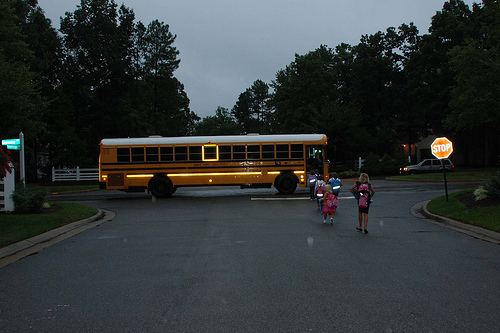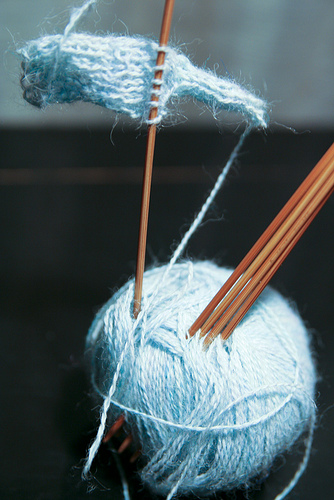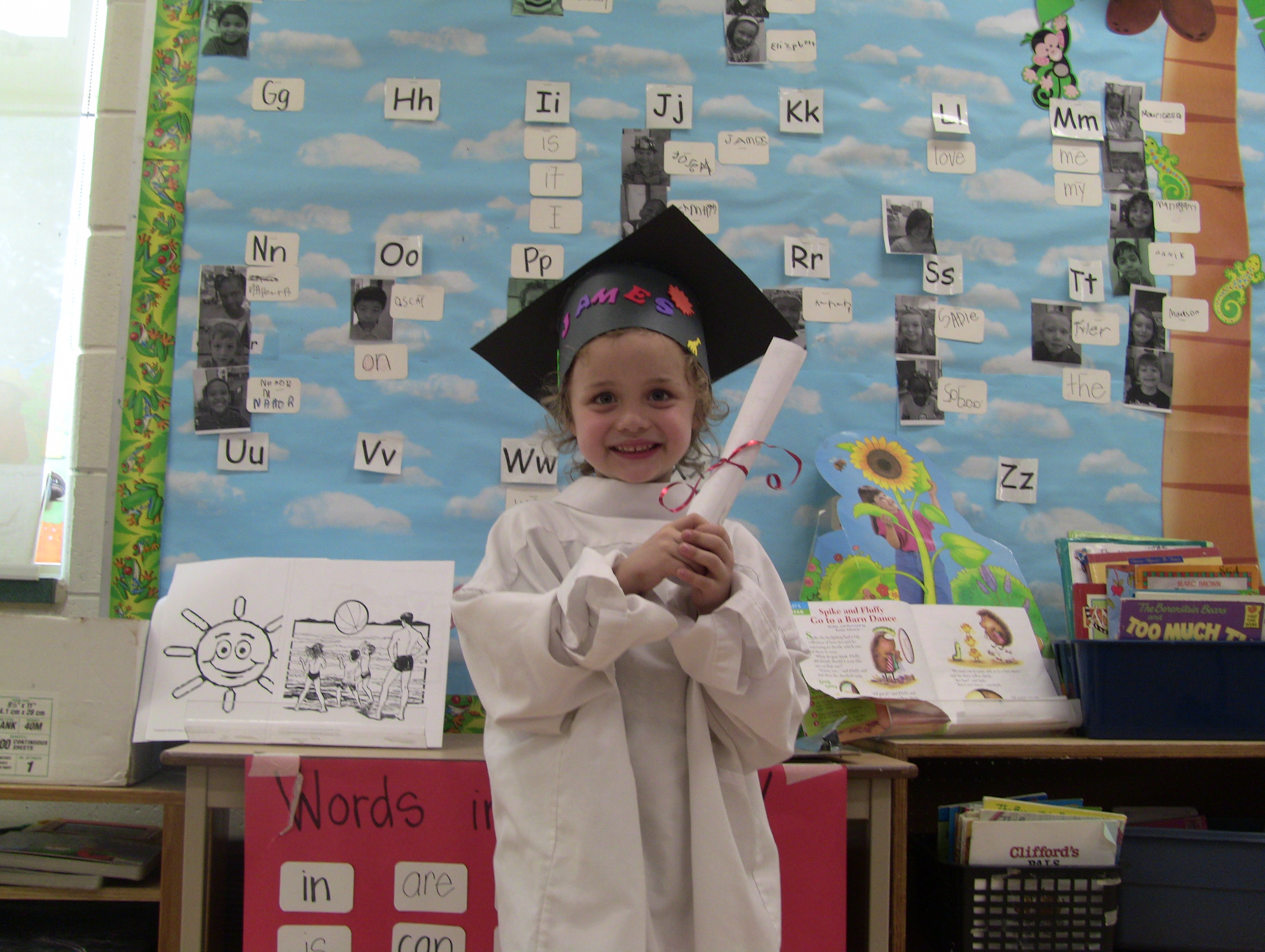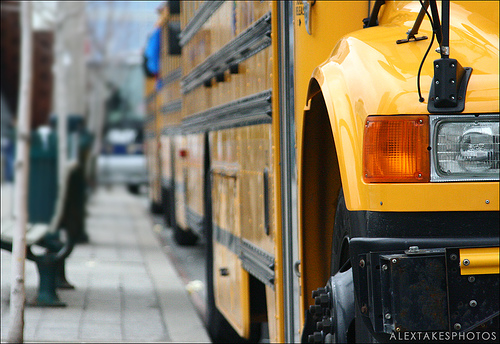I am participating in the Health Activist Writers Month Challenge, in which I publish a post every day for the month of April, based on health-related prompts.
April 25 – Third person post: Write about a memory you have but describe it using the third person. Use as many sensory images (sights, sounds, textures, etc) as you can. Don’t use “I” or “me” unless you include dialogue.
The little girl struggled with her craft project and prayed for the bell to ring. Unlike her classmates, who were happily making creations out of coloured construction paper and bits of glitter, she didn’t really know what she was supposed to do. She didn’t want to ask Miss H, the teacher, for help. Miss H hated her and would only yell at her.
Sighing inwardly, she picked up her scissors and tried to cut a triangle out of a piece of bright yellow construction paper. But the scissors were too blunt – made that way for the safety of ten-year-olds like herself – and they were hard for people like her to use. Sometimes it was hard being a left-handed person in a right-handed world.
The little girl found herself close to tears as she tried to get the scissors to comply. She had a hard enough time at school. She had “learning disabilities”. She didn’t know exactly what that meant, but she did know that she had to work really, really hard just to keep up with her classmates.
Sensing someone standing behind her, the little girl looked up and saw Miss H regarding her sternly. She started to quiver. She was afraid of Miss H. She almost cried with relief when the bell rang, signalling the end of the school day. But when she started to gather up her things, Miss H pinned her to her seat with a glare and said, “You’re not going anywhere until you cut that piece of paper properly.”
The little girl watched helplessly as her classmates filed out of the room. I can do this, she thought. It’s only scissors. I’ll cut this paper and then I’ll be allowed to leave.
Under Miss H’s hostile gaze, the little girl picked up the scissors with her left hand and prepared to cut.
“The scissors go in your other hand!” barked Miss H.
“But I’m left-handed,” said the little girl timidly.
“Not in my class! Now pick up those scissors – in your right hand – and cut!”
The little girl tentatively held the scissors in her right hand. She tried to cut but the paper just bunched up awkwardly. The little girl looked up imploringly.
“My mom is waiting for me,” she whispered.
“She’s just going to have to wait! You’re not going until you get this right! Are you so stupid that you can’t cut a simple piece of paper?”
The little girl tried again, but this time she was shaking so badly that she accidentally ripped the paper. Miss H whipped the paper away and slapped a fresh sheet down on the desk.
“Do it!” she snapped.
As the little girl tried desperately to use the hand she was not designed to use, the pile of discarded paper grew. Fat tears started rolling down her face and plopping onto the paper.
All of a sudden a new voice pierced the terrible atmosphere: the little girl’s mother had come looking for her and was witnessing the events with horror.
“Miss H!What is going on?” asked the girl’s mother, furiously.
Miss H, caught off-guard by a mother protecting her young, said something incoherent about acting in the best interests of the child.
The little girl’s mother lowered her voice menacingly and said, “Now, you listen to me. My daughter has a learning disability that you are well aware of. And you have just destroyed five years of confidence-building work in fifteen minutes. I hope you’re happy!”
With that, the mother swept up her little girl and whisked her away to safety.
She took her home and immediately started the process of building up her broken child.
(Photo credit: Kirsten Doyle)
















